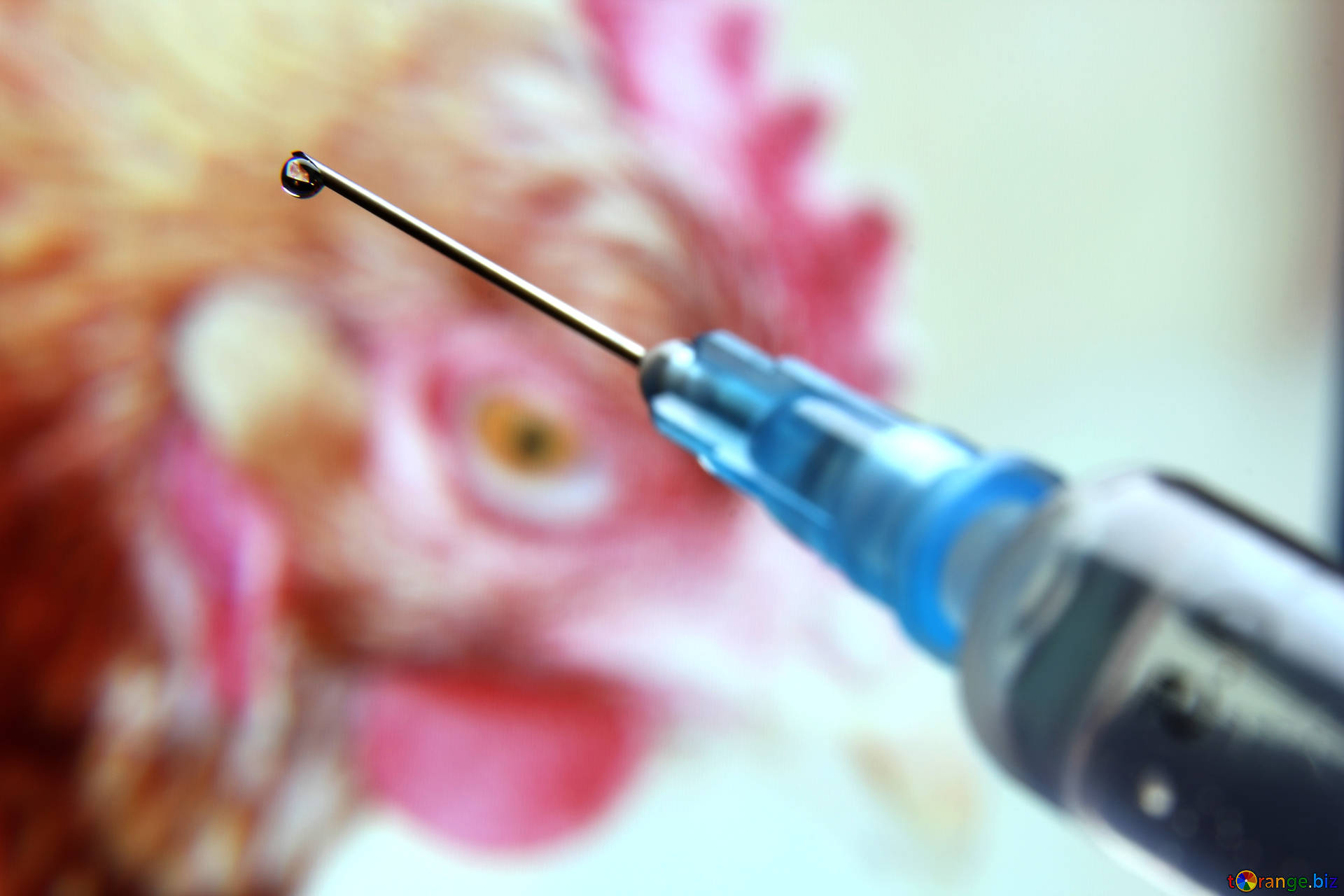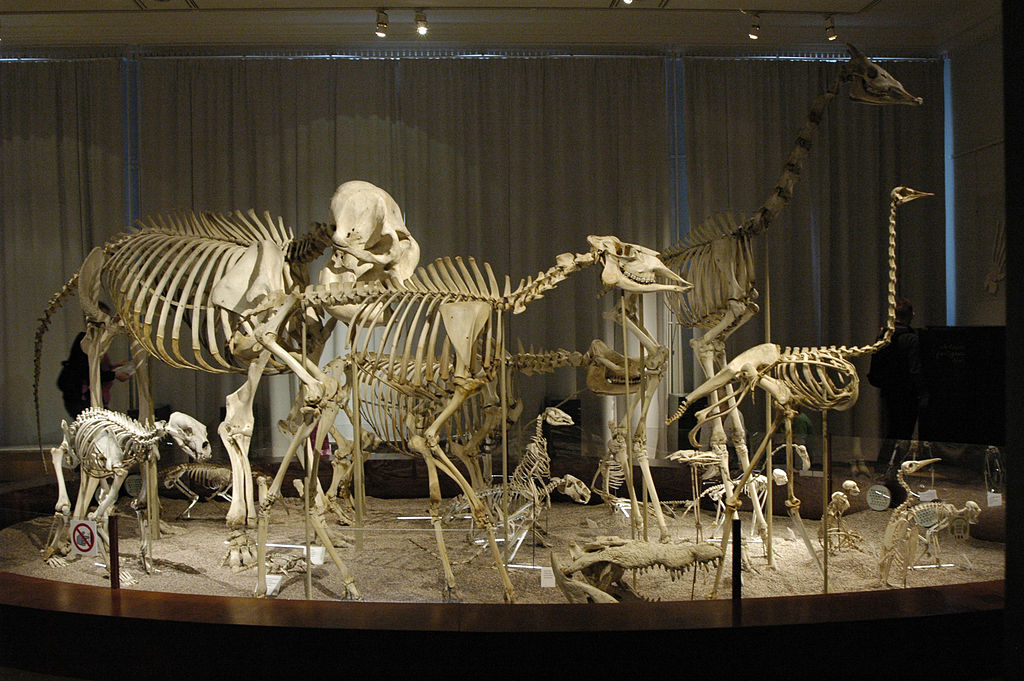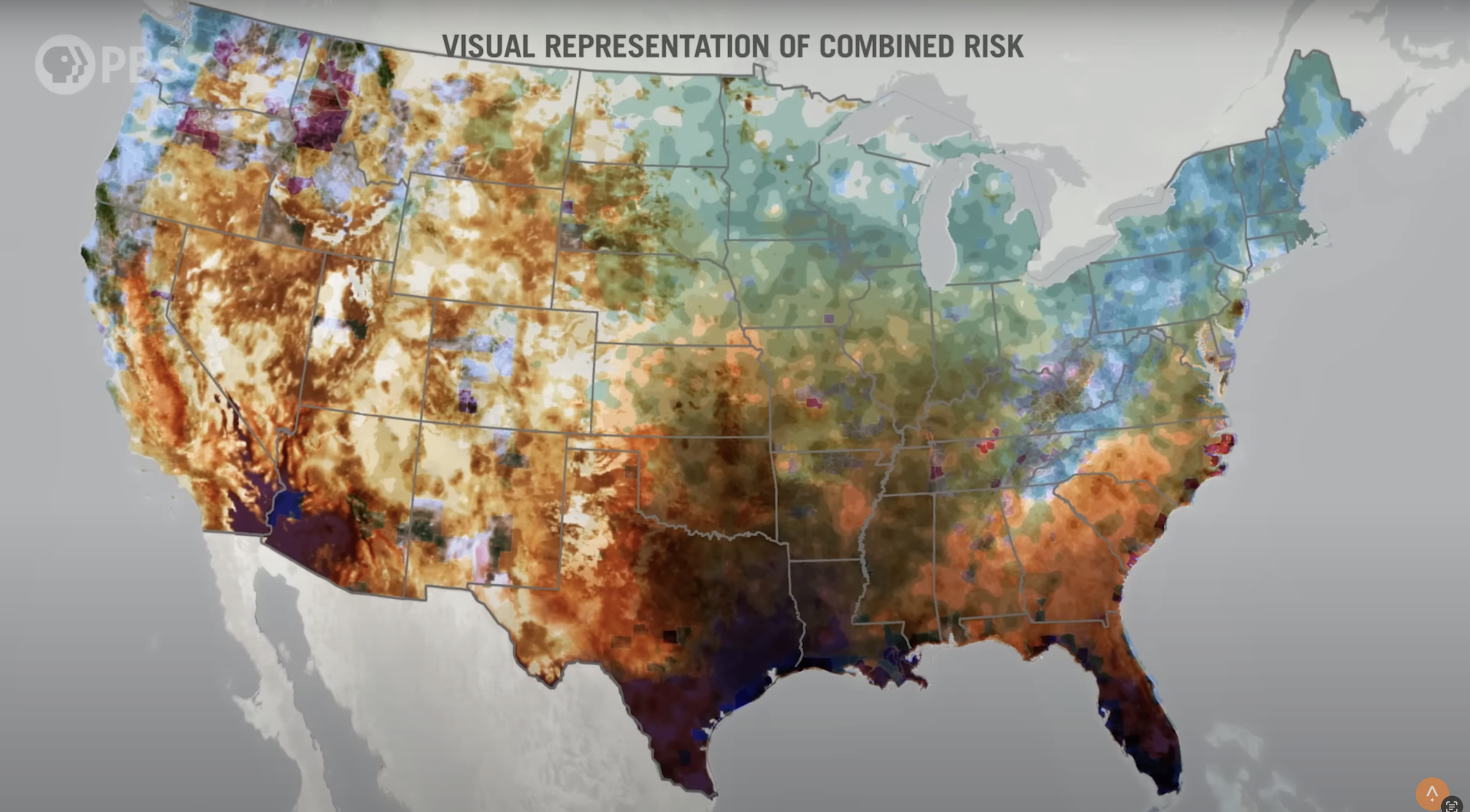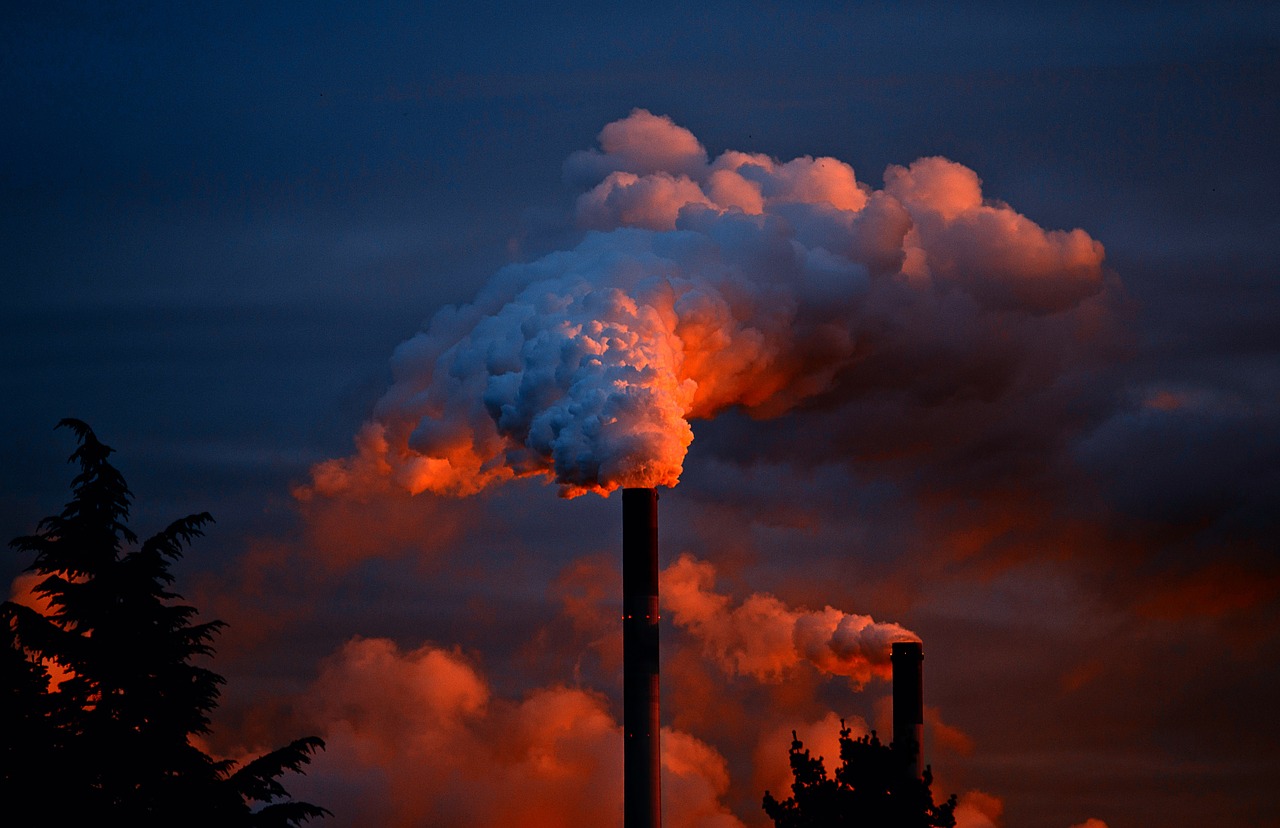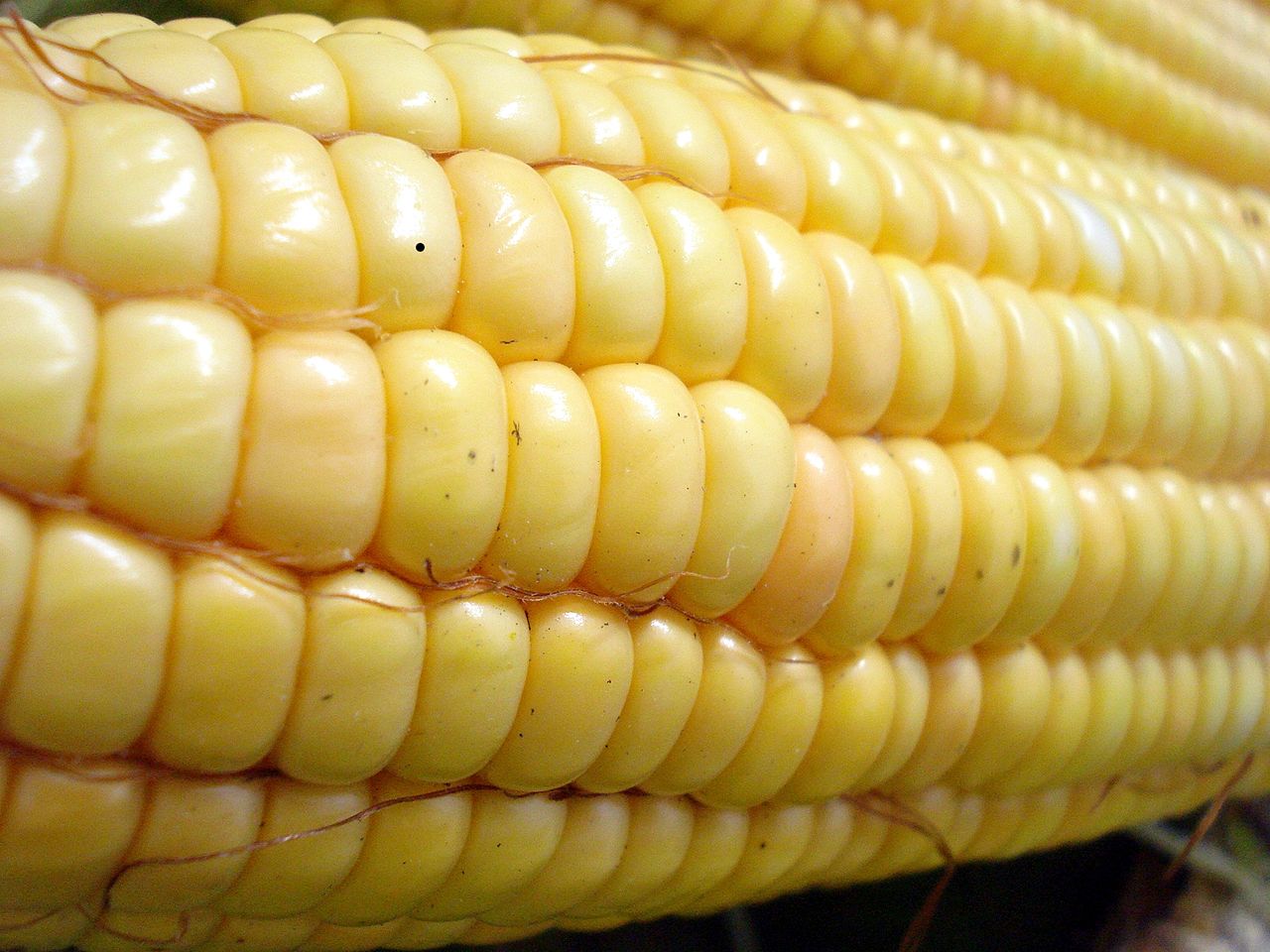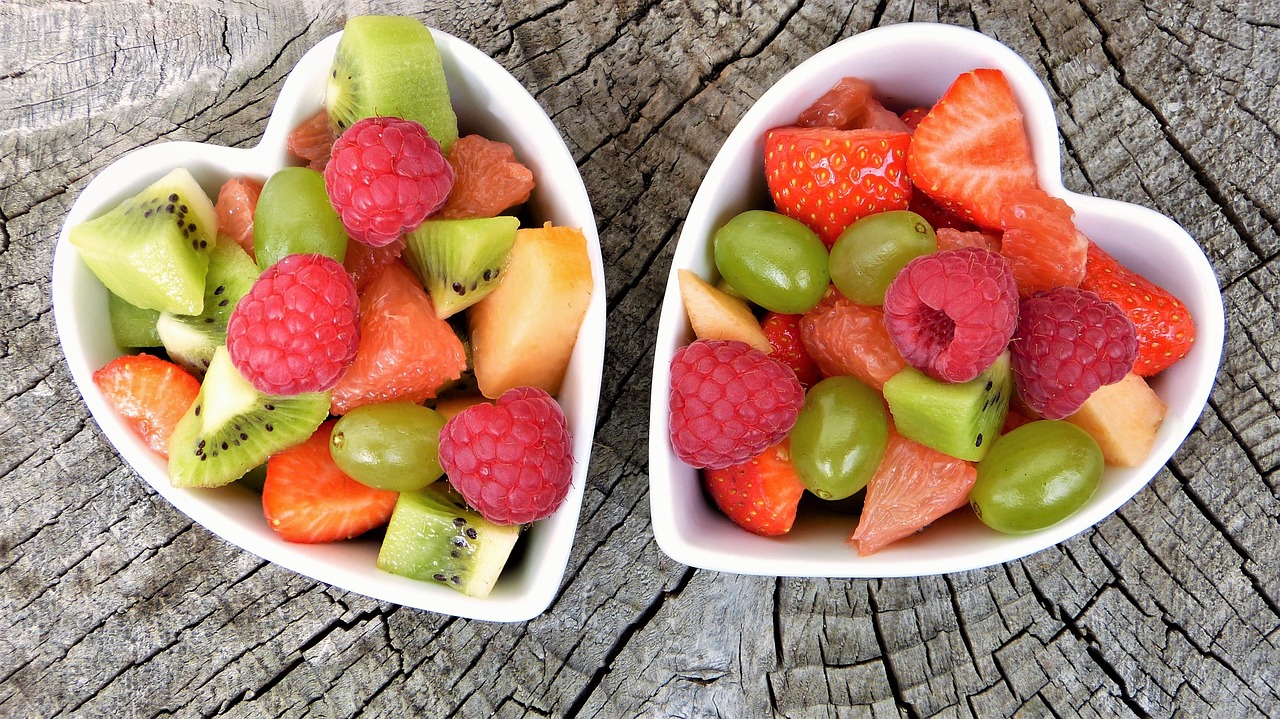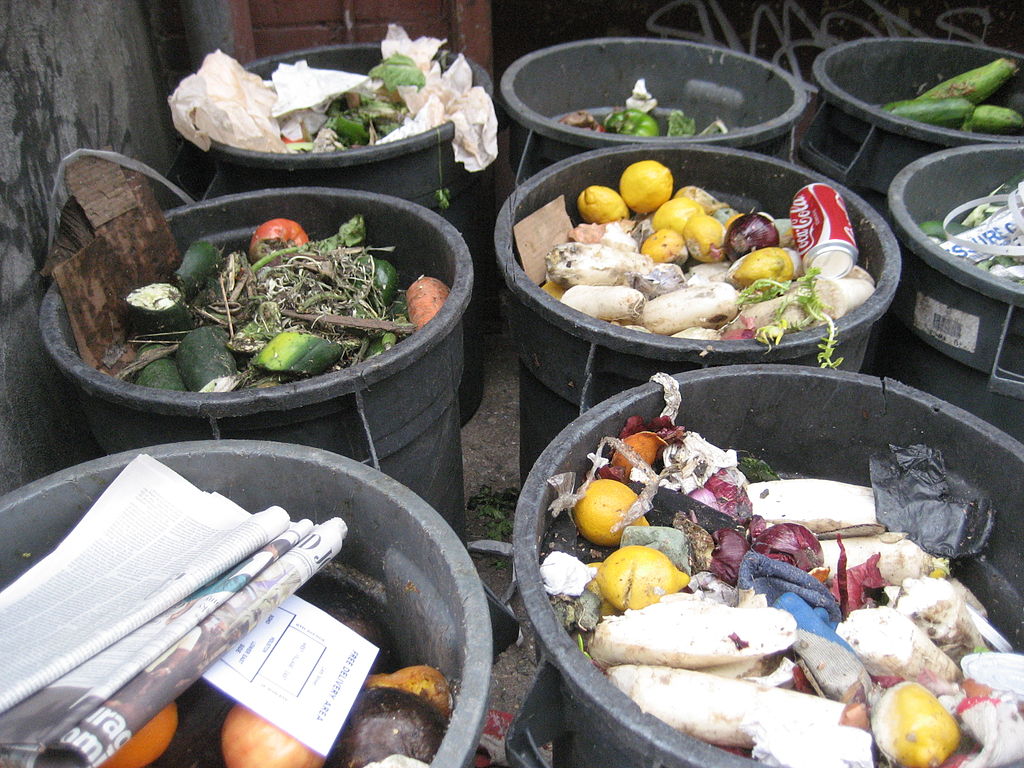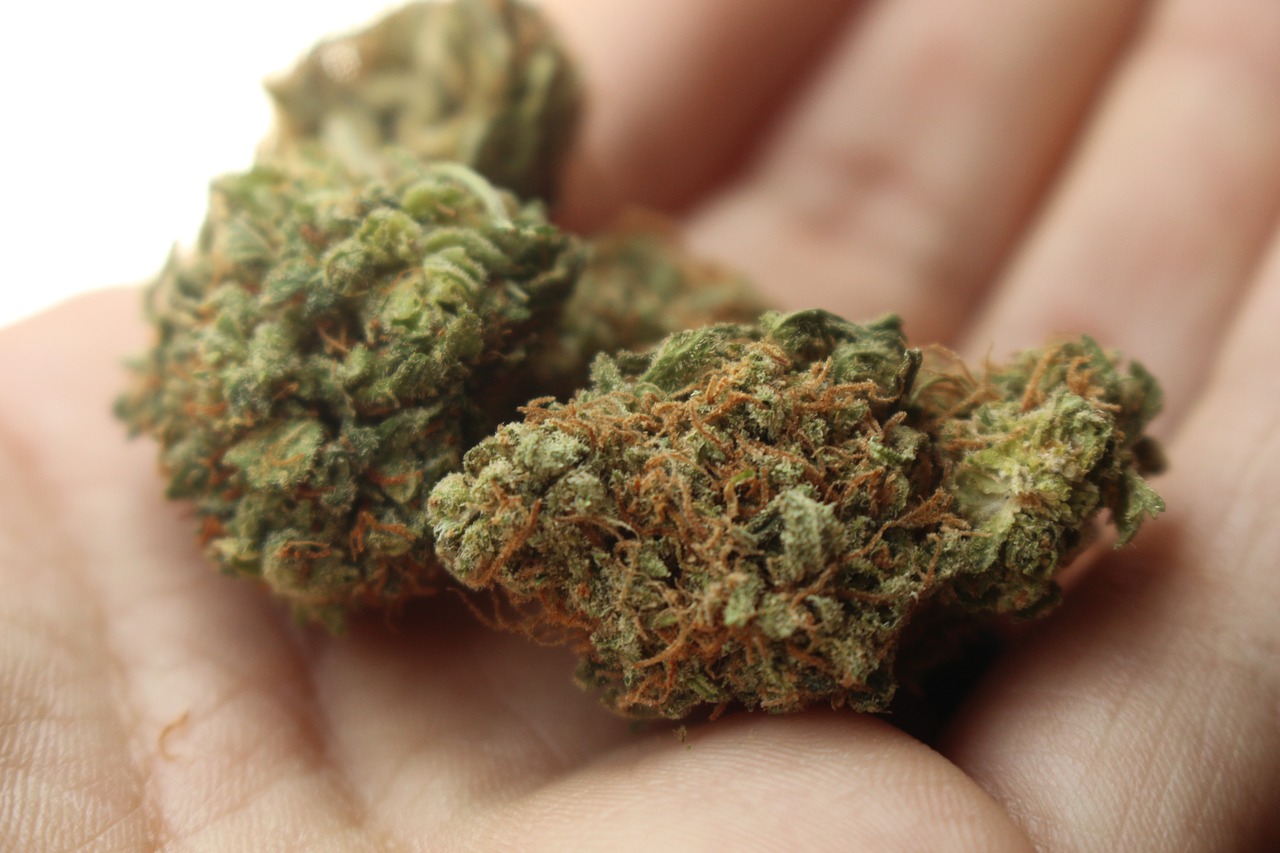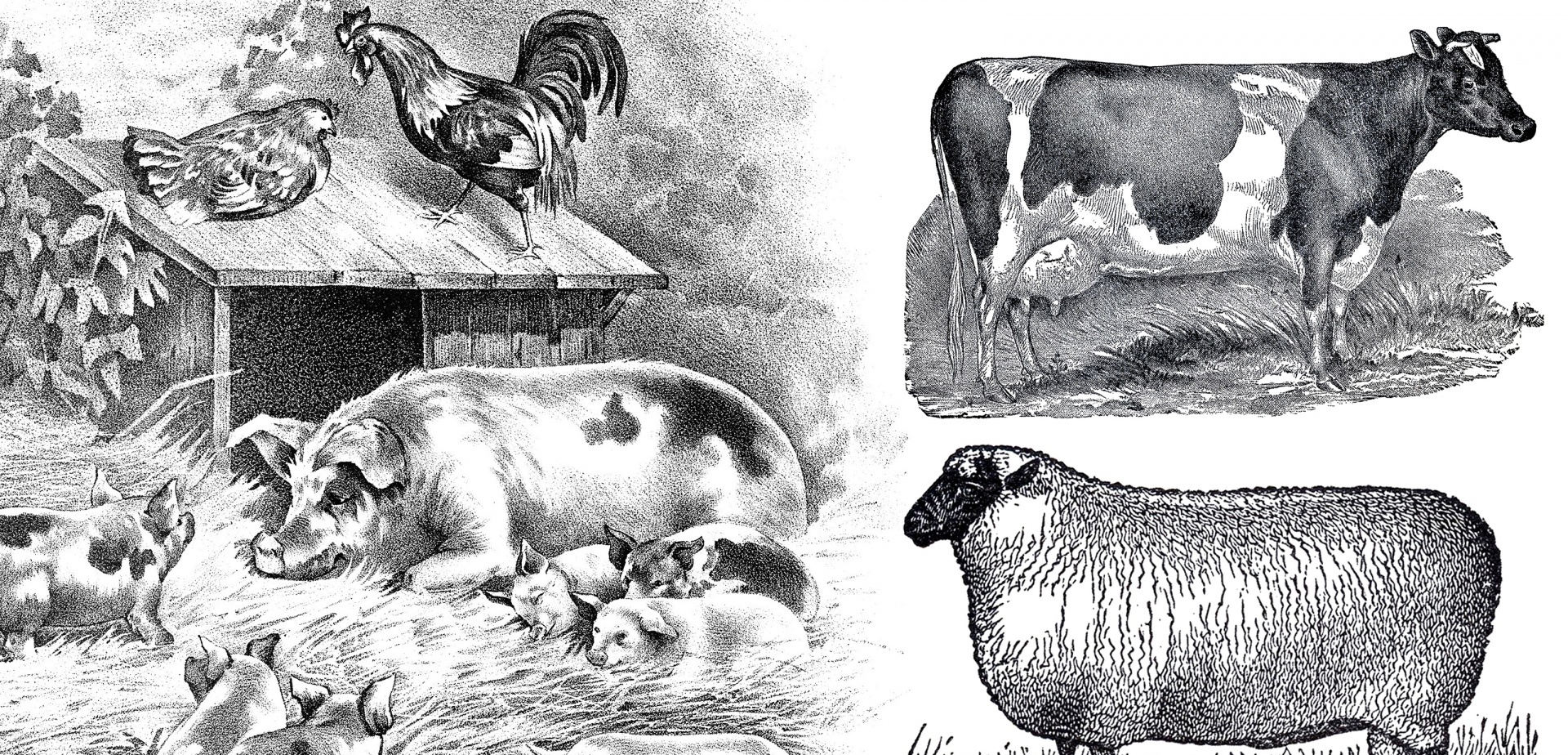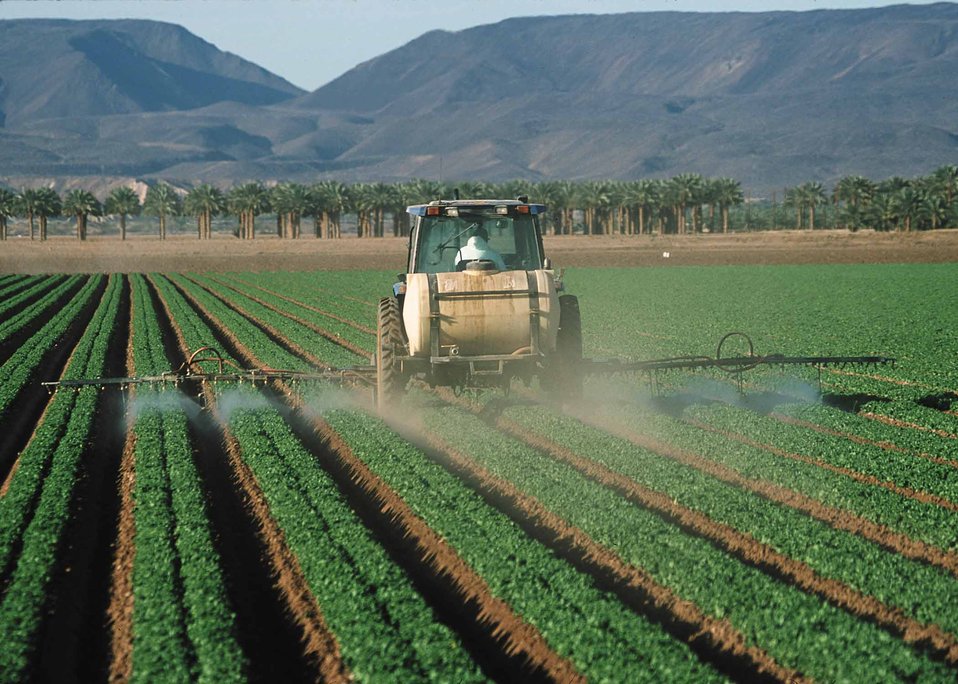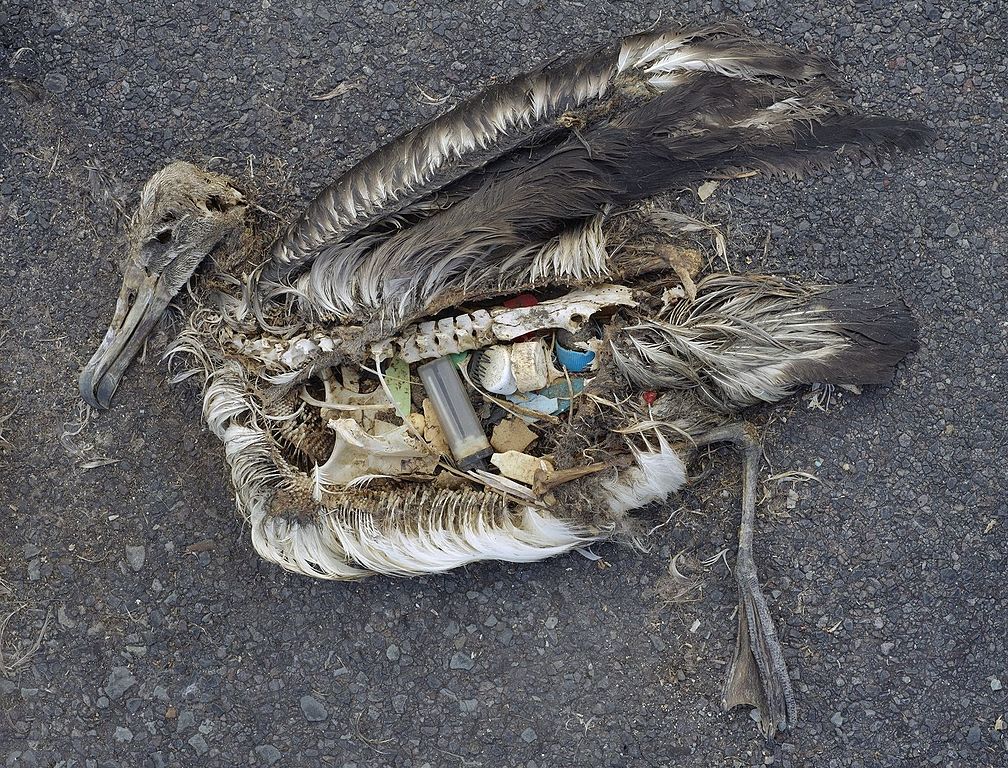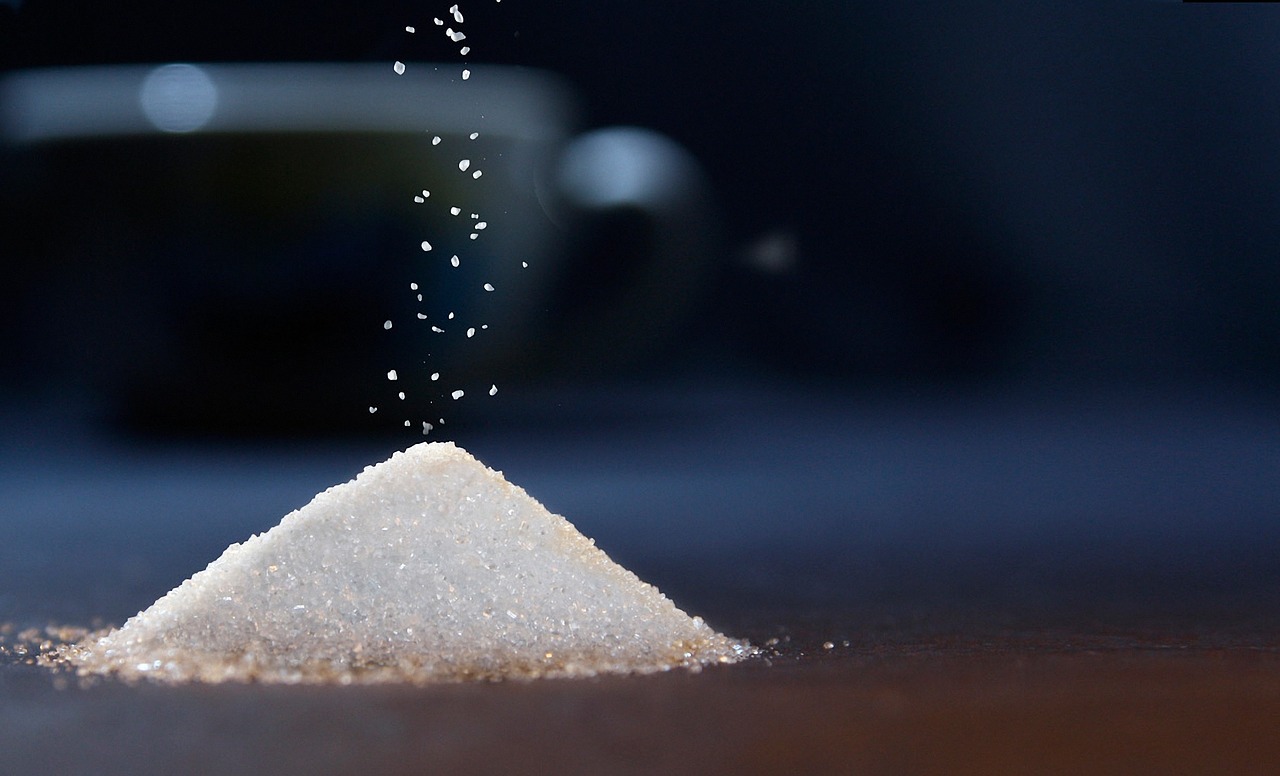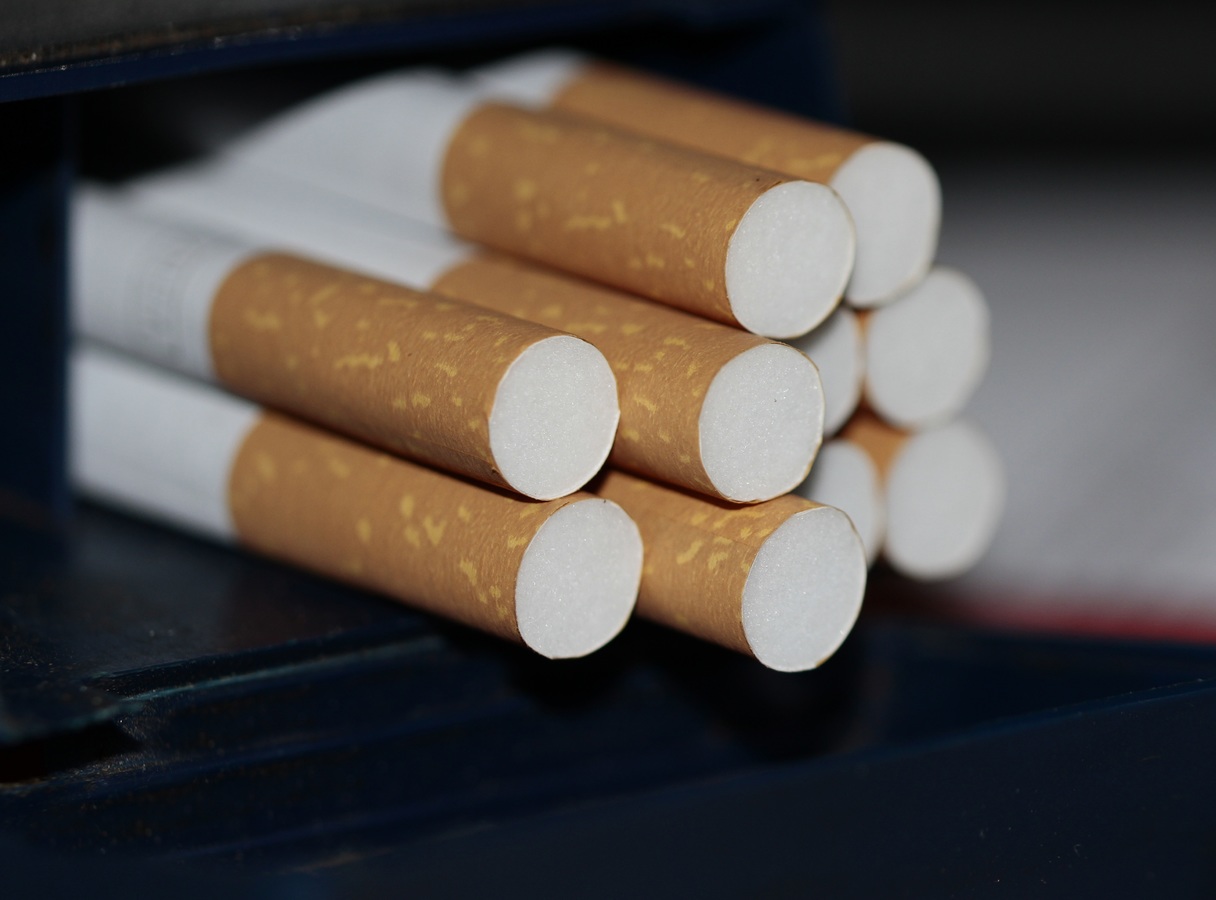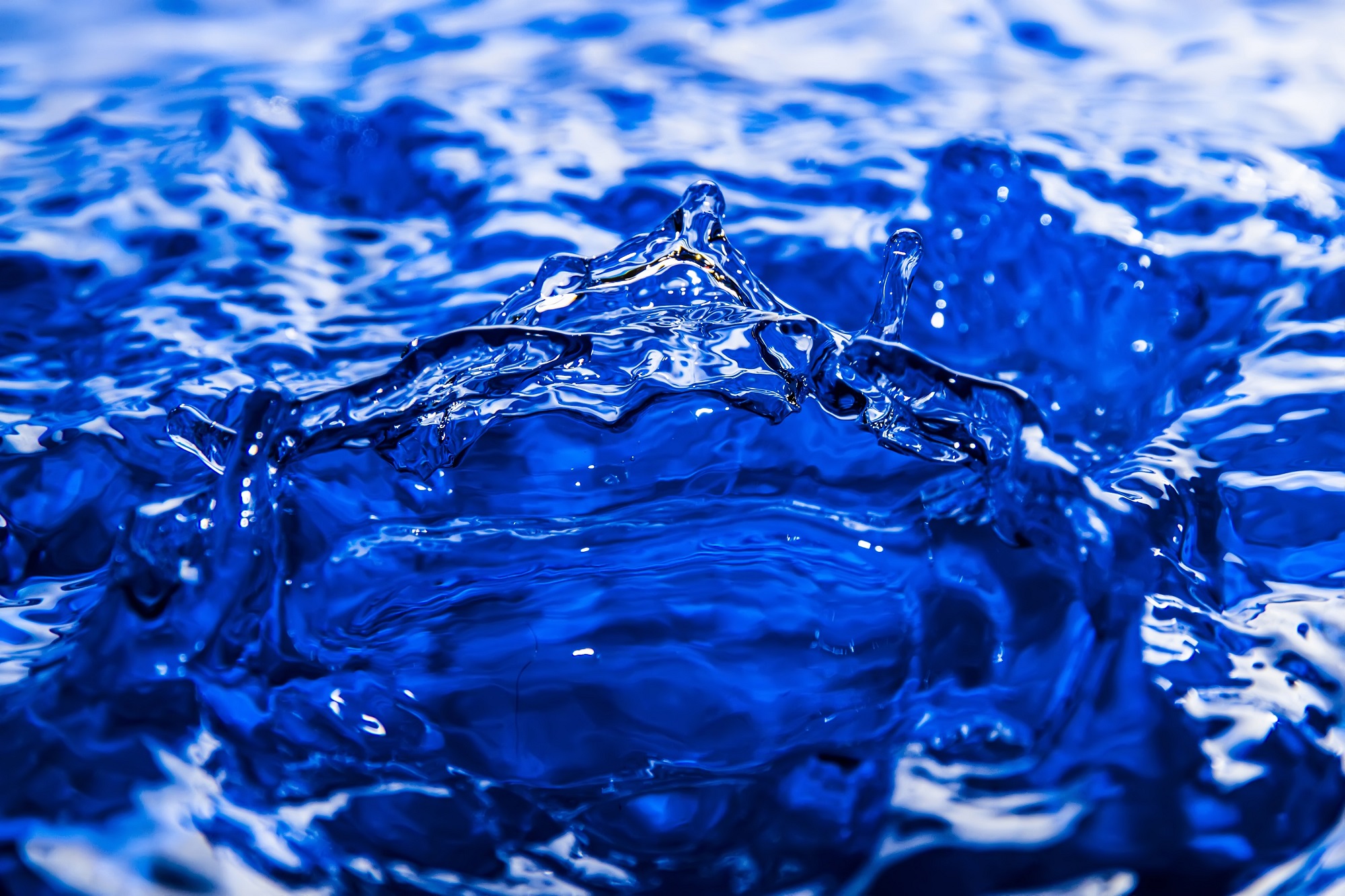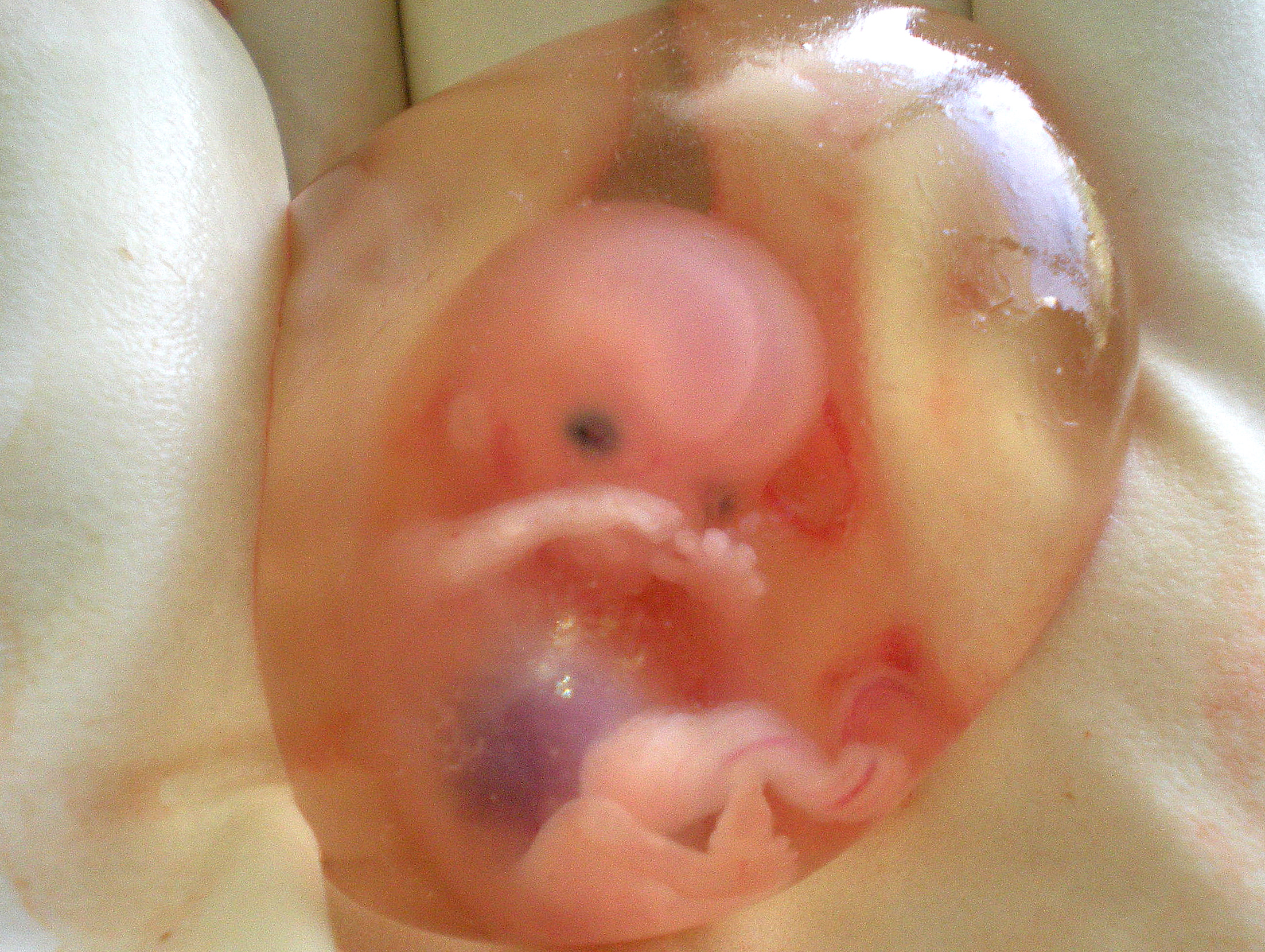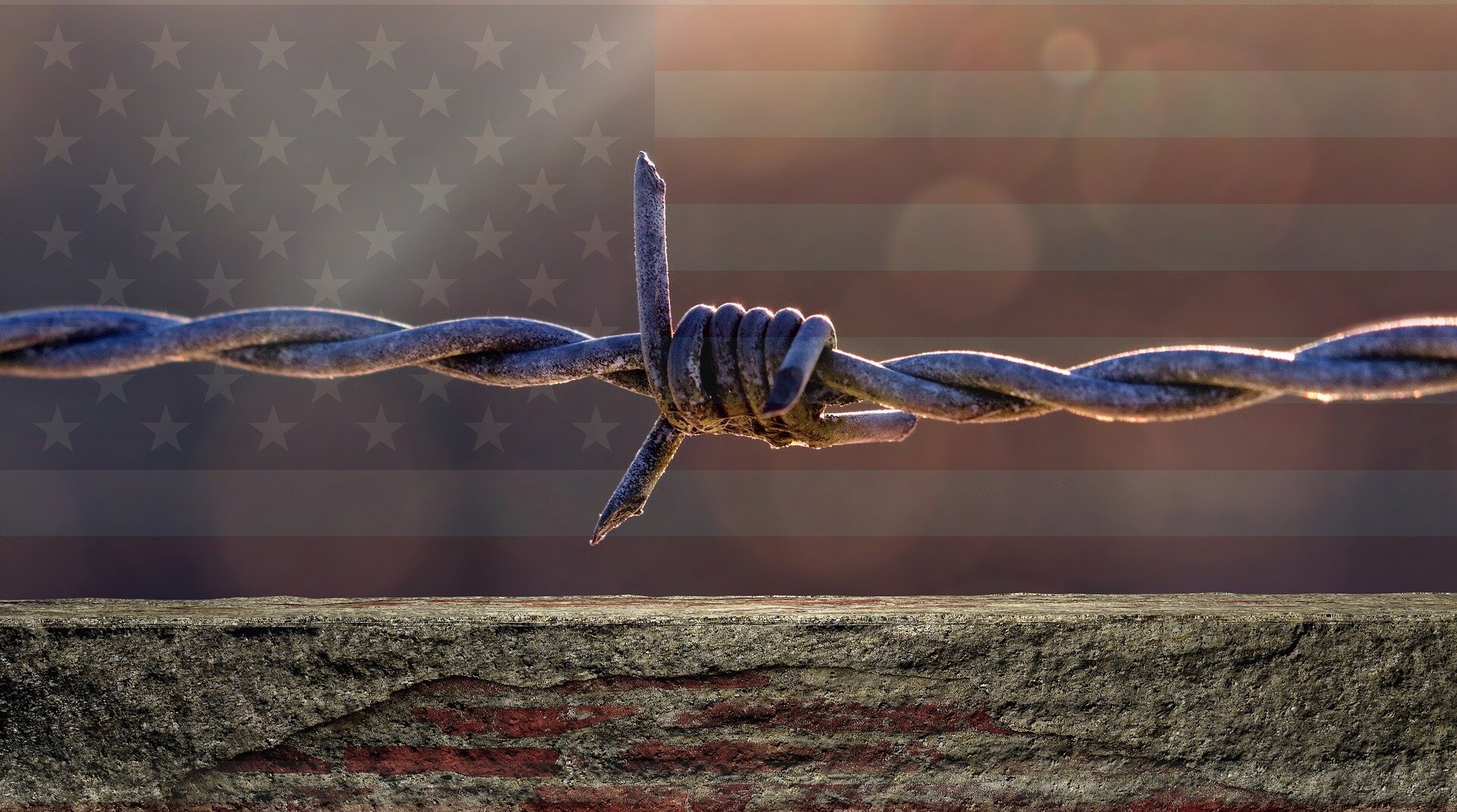Plastics
Albatross at Midway Atoll Refuge. Photo credit: Chris Jordan, Wikimedia Commons.
Introduction
This page explores how plastics harm human health and the planet’s health.
Messages and Resources on Christian Restorative Justice, Environment, and Health
A practical Study and Action Guide for use by small groups discussion or personal reflection. The guide covers topics that are actionable on the personal and policy levels: sugar’s impact on our bodies and sugar corporations’ truth-telling and accountability, corn and corn subsidies creating over-supply, plastic and its biological impact on animals and humans, the true cost of meat in terms of soil depletion and air pollution, and food waste and the practices which can diminish it.
Other Resources on Plastics
Story of Stuff Project, Plastic Microbeads: Ban the Bead! The Story of Stuff Project.
Story of Stuff Project, Microfibers. The Story of Stuff Project.
Jing Jin, Top 10 Xenoestrogens, the Primary Cause of Estrogen Dominance. Cycle Harmony website.
Elizabeth Smith, Xenoestrogens Cause the Menstrual Cramp. Menstrual Cramp website.
Amy Hess-Fischl, Endocrine Disrupting Chemicals (EDCs. and Hormone Health. Endocrine Web website.
C. Jeandrel, et.al., Environmental Chemicals and Disorders of Sex Differentiation in Male Newborn. LesJTA, 2002.
A.M. Vajda, et. al., Reproductive Disruption in Fish Downstream from an Estrogenic Wastewater Effluent. Environmental Science Technology Mar 25, 2008.
EarthTalk, Can Birth Control Hormones Be Filtered from the Water Supply? Scientific American, Jul 28, 2009. and Celeste McGovern, Birth Control in Drinking Water: A Fertility Catastrophe in the Making? National Catholic Register, Jun 6, 2015. Say it's concerning, but Kirsten Moore, Kimberly Inez McGuire, Rivka Gordon, Tracey J. Woodruff, Birth Control Hormones in Water. Contraception Editorial, Aug 2011. Say birth control pills contribute 1% of estrogen levels to drinking water.
BBC News, Plastic Chemicals 'Feminise Boys'. BBC News, Nov 16, 2009.
University World News, UK-US: Plastic Residue Affects Sex Hormone. University World News, Sep 19, 2010.
Tyrone B. Hayes, The Toxic Baby. TED Talks, Dec 2010. About atrazine's impact on frogs causing intersexuality, etc.
Hannah Katsman, Are Hormones in the Environment Making Women’s Breasts Larger? Green Prophet website, Feb 6, 2011.
John Williams, et.al., Public Policy Approaches for the Reduction of Plastic Bag Marine Debris. Columbia University, May 2012.
Tyrone B. Hayes, From Silent Spring to Silent Night. UCI video, Jun 11, 2012.
David Berreby, The Obesity Era: As the American People Got Fatter, So Did Marmosets, Vervet Monkeys and Mice. The Problem May Be Bigger Than Any of Us. Aeon, Dec 2013. It’s probably partly related to plastic.
Juan Williams and Amy Goodman, Silencing the Scientist: Tyrone Hayes on Being Targeted by Herbicide Firm Syngenta. Democracy Now, Feb 21, 2014. Atrazine is an estrogen in corn pesticide
Mary Catherine O'Connor, Inside the Lonely Fight Against the Biggest Environmental Problem You've Never Heard Of. The Guardian UK, Oct 27, 2014.
Derek Markham, Your Clothes Are Polluting the Ocean Every Time You Do Laundry. Treehugger blog, Nov 6, 2014.
Matt Prindiville, The Solution to the Plastic Problem? Upstream, Apr 22, 2015. A great list of action steps to reduce plastic production and consumption.
NY Times Admin Board, Microbeads, the Tiny Orbs Threatening Our Water. NY Times, Aug 21, 2015.
Jeff Bridges, Plastic Pollution. youtube video, Mar 28, 2016.
Roberto Ferdman, Researchers Have Found a Striking New Side Effect From Eating Fast Food. Washington Post, Apr 15, 2016. : phthalates
Samara Geller, Industry Database Reveals 16,000 Foods With Toxic Chemical in Packaging. EWG, Jun 17, 2016. re: BPA
Holly Grigg-Spall, The Pill is Linked to Depression - and Doctors Can No Longer Ignore It. The Guardian UK, Oct 3, 2016.
Paul Rincon, Banned Chemicals Persist in Deep Ocean. BBC News, Feb 13, 2017.
Fiona MacDonald, Study Finds the Birth Control Pill Has a Pretty Terrible Impact on Women's Wellbeing. Science Alert, Apr 20, 2017.
Frederica Perera, The Womb Is No Protection From Toxic Chemicals. (NY Times, Jun 1, 2017.
Los Angeles Times Editorial Board, Grocery Bags and Takeout Containers Aren't Enough. It's Time to Phase Out All Single-Use Plastic. Los Angeles Times, Feb 20, 2018.
Laura Paddison, Area Of Plastic In The Great Pacific Garbage Patch Is Three Times The Size Of France. Huffington Post, Mar 22, 2018. Cites L. Lebreton, et.al., Evidence that the Great Pacific Garbage Patch is Rapidly Accumulating Plastic. Nature.com, Mar 22, 2018.
Laura Paddison, Top Banks Pumped Billions More Into The Dirtiest Fossil Fuels Last Year. Huffington Post, Mar 28, 2018.
Nathan Truesdell, The Balloonfest That Went Horribly Wrong. The Atlantic, Jun 12, 2018. Re: Cleveland 1986
Emily Atkin, The Military Drinking-Water Crisis the White House Tried to Hide. The New Republic, Jun 21, 2018.
Radhika Viswanathan, Why Starbucks, Seattle, and Tom Brady Are All Shunning Plastic Straws Banning Plastic Straws Won’t Save the Ocean. But We Should Do It Anyway. Vox, Jul 16, 2018.
Daniel Noah Halpern, Sperm Count Zero. GQ, Sep 4, 2018. A click-bait title which examines the decrease in human male sperm count, considering plastic and other chemicals we have put in the environment
Robbie Gonzalez, Your Poop Is Probably Full of Plastic. Wired, Oct 22, 2018. and John Vidal, Humans Are Pooping Plastic, And No One’s Certain How Bad That Is. Huffington Post, Dec 8, 2018.
Nick Routley, Visualizing the World’s Top Plastic Emitting Rivers. Visual Capitalist, Feb 2, 2019.
Ginger Hervey, Why We Don’t Know If Plastics Are Safe. Politico, May 7, 2019. Academics and regulators at odds over impact of chemical additives
Emily Holden and agencies, Nearly All Countries Agree to Stem Flow of Plastic Waste Into Poor Nations. The Guardian, May 10, 2019.
Pam Radtke Russell, A Community In America’s ‘Cancer Alley’ Fights For Its Life Against A Plastics Plant. Huffington Post, Jul 9, 2019. “In this Louisiana parish, residents are already surrounded by industrial plants and factories. They’re desperate to stop a new plastic company.”
Amy Goodman, Journalist Sharon Lerner: “How the Plastics Industry Is Fighting to Keep Polluting the World”. Democracy Now!, Sep 27, 2019. See also Sharon Lerner, The Plastics Industry’s Long Fight to Blame Pollution on You. The Intercept, Oct 3, 2019. An 8 minute video by Lauren Feeney.
Editorial Board, Life Without Plastic? The Idea Gets a Big Player. Christian Science Monitor, Oct 8, 2019. “Unilever announced it plans to collect back more plastic than it sells within the next five years.”
Amelia Urry, River of Trash. The Intercept, Oct 27, 2019. “How plastic pollution is making Central American communities uninhabitable”
Sharon Lerner, Top U.S. Toxicologist Was Barred from Saying PFAS Cause Disease in Humans. She’s Saying It Now. The Intercept, Oct 24, 2019. PFAS are chemicals used in the making of plastic and rubber. Linda Birnbaum, director of the National Institutes of Environmental Health Sciences and National Toxicology Program, admitted this during the Senate Environment and Public Works hearing on chromium-6 and perchlorate and other chemicals that have been found in drinking water supplies in the U.S.
PBS News Hour, The Plastic Problem. PBS, Nov 28, 2019.
Reuters, US Drinking Water Contamination with ‘Forever Chemicals’ Far Worse than Scientists Thought. The Guardian UK, Jan 22, 2020. “Highest levels of PFAS in Miami, Philadelphia and New Orleans, report by environmental watchdog finds”
Samantha Maldonado, Bruce Ritchie, and Debra Kahn, Plastic Bags Have Lobbyists. They're Winning. Politico, Jan 20, 2020. “Eight states ban the bag, but nearly twice as many have laws protecting them.”
Laura Sullivan, How Big Oil Misled The Public Into Believing Plastic Would Be Recycled. NPR, Sep 11, 2020.
Sharon Lerner, Toxic PFAS Chemicals Discovered in Hundreds of Products. The Intercept, Dec 2, 2020. “Scientists have detailed more than 200 uses of PFAS chemicals in 64 industrial areas, including mining, book conservation, plastics production, photography, printing, watchmaking, car manufacturing, air conditioning, fingerprinting, and particle physics. Many of the uses, which are laid out in an article published in the journal Environmental Science: Processes & Impacts, were previously unknown.”
Shanna H. Swan, Count Down: How Our Modern World Is Threatening Sperm Counts, Altering Male and Female Reproductive Development, and Imperiling the Future of the Human Race. Simon & Schuster, Feb 2021. On endocrine disruptors. See review by Nicholas Kristof, What Are Sperm Telling Us? NY Times, Feb 20, 2021. “Sperm counts have been dropping; infant boys are developing more genital abnormalities; more girls are experiencing early puberty; and adult women appear to be suffering declining egg quality and more miscarriages. It’s not just humans. Scientists report genital anomalies in a range of species, including unusually small penises in alligators, otters and minks. In some areas, significant numbers of fish, frogs and turtles have exhibited both male and female organs.”
Vox, Why 99% of Ocean Plastic Pollution is “Missing”. Vox, Apr 27, 2021. Decomposition into microplastics, consumption by ocean organisms, sinking to the floor, drifting to the coastline.
Nick Lavars, Mouse Study Shows Microplastics Infiltrate Blood Brain Barrier. New Atlas, Nov 23, 2021.
Elisabeth Chuck, Artificial Food Dyes May Cause Behavior Problems. A Bill Aims to Warn Parents. NBC News, Dec 20, 2021. “Parents who remove synthetic colors like Red 40 from their kids’ diets call it transformative, but the FDA has said dyes don't affect most children. California hopes to change that.”
Julia Manchester, Nanoplastics From Bottled Water Found In our Bodies? The Hill, Feb 18, 2024. Plastics are found in placentas, organs, etc. in bottled water, cosmetic materials, clothing, etc.
Christian Restorative Justice, Environment, and Health: Topics:
This page is part of our section on the Environment, which explores the following topics: Animal Antibiotics; Animal Extinction; Climate Change; Coal, Gas, Oil; Corn; Food and Nutrition Misc; Food Waste; Health Care Systems; Lead, Mercury, Heavy Metals; Marijuana; Meat’s True Cost; Pesticides; Plastics; Renewable Energy; Sugar; Tobacco; Water; Wheat.
Christian Restorative Justice Critique of the Right: Domestic Policy Topics:
This page is part of our section Critique of the Right, which engages the following topics: Banking and Finance examines the economic and political power of financial institutions; Bioethics discusses abortion policy; Business and Economics examines economic theories, taxes, housing, environment, corporate law, labor law, automation, and inequalities of wealth and power; Civil Unions makes the Christian case for civil unions for all and removing marriage from the culture wars; Criminal Justice examines crime statistics and definition, policing, prosecution, sentencing, prisons, and reintegration; Education examines public education and conservative resistance to it; Environment and Health highlights the many challenges we face related to animals, climate change, food, and health systems; Government Corruption spotlights political compromises and dealings contrary to the public good; Gun Rights examines gun policies and rhetoric; Media spotlights failures of, and possible fixes to, left-wing or left-leaning media; Power and Politics highlights the impact of racial considerations and racism on political campaigns, voting rights, public investments, and other political procedures; Race examines the impact of white supremacy on virtually every aspect of American life.



